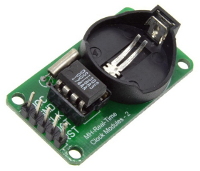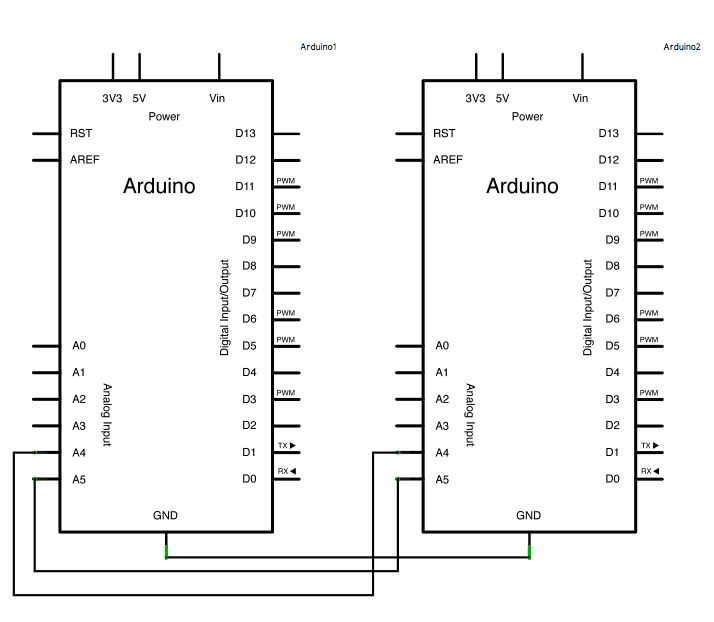
Alternatively, the output folder of the GUI demo project can be copied directly to the root folder of your GTT SD card.Īll Arduino code and GTT Designer project files required for this HMI demo can be found on Github. To upload the GUI to your Matrix Orbital TFT Display, start the Designer with your powered GTT communicating via the Mass Storage USB header, then press the Generate button.

Access to all elements on the screen is simple and easy using automatically generated functions that tap into the power of the GTT Client Library Application Programming Interface ( API).

This TFT Display Human Machine Interface ( HMI) contains three raw buttons and three raw toggle buttons that provide a basic HMI input and a single raw button that demonstrates an HMI output.

The Graphical User Interface ( GUI) used for this demo can be opened using the GTT Designer, version 1.11 or higher, available from. Adding the GTT Client folder to your Arduino Libraries folder will instantly augment your project with all available GTT commands. References for all functions used below can be found on the Arduino website. Once installed, the Arduino development environment will centre on a simple, C-based language.

The GTT Client Library is available within every firmware release, beginning at revision 2.11, and more information regarding its use can be found at Additional information regarding the Arduino Uno hardware and compiler used for this project can be found at The Arduino IDE and installation instructions can both be found under the Downloads heading. This application note was created to showcase the ease of development provided with the release of the GTT Client Library in any hardware/software environment, including the Arduino platform.


 0 kommentar(er)
0 kommentar(er)
